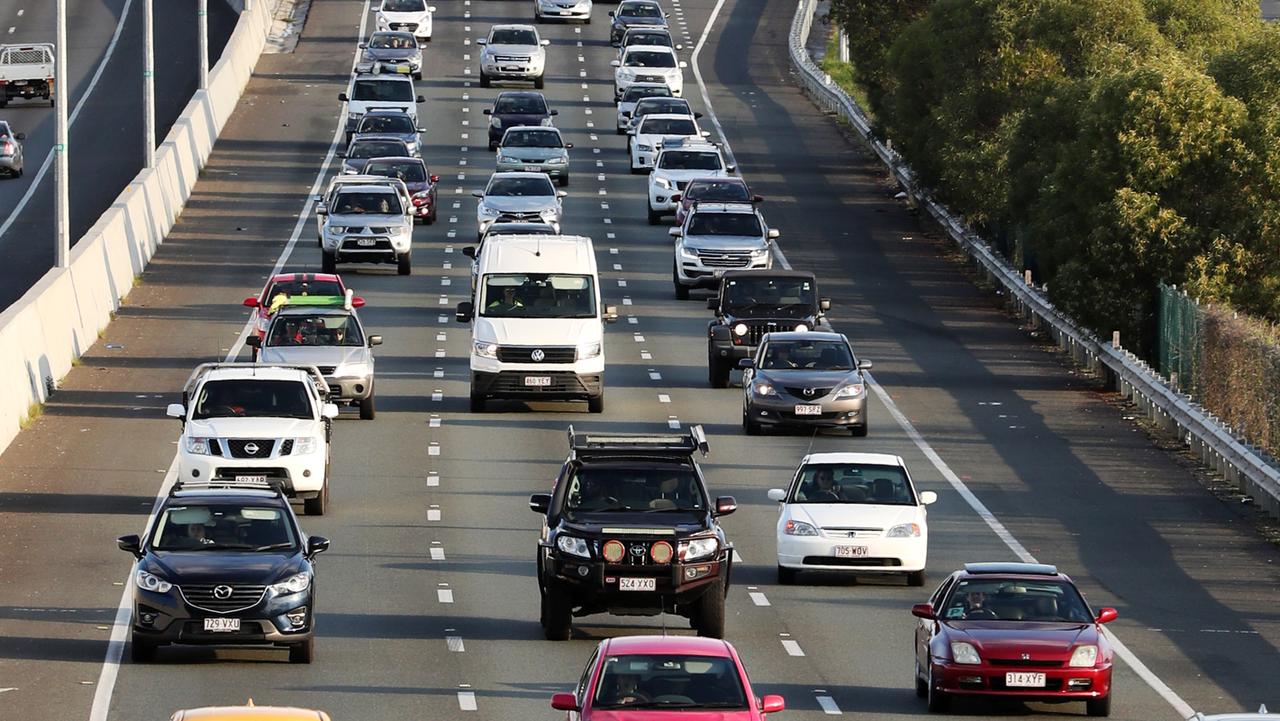Funds flow for climate friendly future
The 2024-25 Federal Budget has funds flowing towards climate action. But, some critical areas missed out.

HyperLocal
Don't miss out on the headlines from HyperLocal. Followed categories will be added to My News.
The Federal Government is spending more than ever on fighting climate change.
Here's why.
Australia's unique climate makes it one of the most disaster-prone regions in the world.
In 2022, 70 per cent of us lived in a disaster declared area, facing record-breaking rainfall, severe flooding, and sweltering heatwaves.
Our climate has been rapidly warming, with every decade since 1950 hotter than the last.
This warming – driven by our excessive greenhouse gas emissions – is only causing extreme weather events to become more frequent and intense.
The government has responded to these changes to our climate in the 2024 Federal Budget.
One of the biggest investments comes in the form of the 'Future Made in Australia' program.
This initiative aims to reduce Australia's dependence on imported essential materials, and help communities cash in the benefits of the transition by keeping industry and jobs on Aussie soil.
Two key focuses of the program are green manufacturing and renewables.
Green manufacturing
Australian companies will be given a big boost to produce vital materials for the net-zero transition.
In practice, this means new private investment in green technologies - like solar and battery storage - will be met with government funding.
Starting in 2027, the government will offer financial incentives for producing important minerals and hydrogen – at a total cost of around $14 billion.
For critical minerals, the incentive will be 10 per cent of the costs related to processing and refining, while there will be a $2 tax incentive for every kilogram of hydrogen produced.
An additional $1.5 billion will be provided over the next decade to support the manufacturing of clean energy technologies, with a focus on developing the capability to produce solar panels.
Renewables
The government has also made one of its largest ever investments in renewable energy.
Over the next ten years, the government will co-invest around $3.2 billion in renewable hydrogen, solar energy, and battery supply chains.
About half of this money will go into a new innovation fund to help develop and launch new renewable innovations, like green metals, low-carbon fuels, and battery manufacturing.
Over the next four years, another $130 million will be spent to cut down approval times for renewable energy projects.
And, funding for the previously announced vehicle efficiency standard will also be formalised this year – saving Aussies around $95 billion at the pump by 2050.
These investments will reduce supply chain costs and risks, limit transport emissions and help clear the backlog of renewable projects so they can get underway faster.

What's not in there?
Despite these major investments, stakeholders have pointed out a few notable exclusions in this year's Budget.
For example, although the government has recently committed to safeguarding 30 per cent of our land and sea by 2030, no new funding for conservation was announced.
And, despite the recently released Future Gas Strategy, there was no new funding for gas either.
Another key enabler of the transition – electrification – also missed out.
This could be partly because some state governments have already made significant investment in household decarbonisation.
Why does this matter to me?
The share of renewable generation in NSW has already grown from nine per cent in 2015-16 to 31 per cent at the beginning of 2023, reducing emissions and creating jobs.

The government's new programs will lower the cost for Aussie businesses to take action on climate change.
They will be supported to invest in new and existing essential technologies like wind, solar, hydrogen and batteries, helping to further drive the growth of renewables across NSW.
However, despite these promising steps, the job doesn't end here.
To keep our planet happy and healthy, future federal and state budgets must continue to invest in new products and technologies that support a fair and cost effective transition to net zero.
Want more information on how your climate is changing? Check out the last article in this series.
Amelia Pearson is a climate communication expert at Monash CliComm.
This column is part of a collaboration between Monash University and News Corp to deliver hyperlocal weather and climate information.


